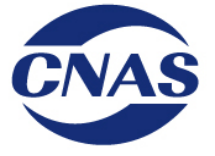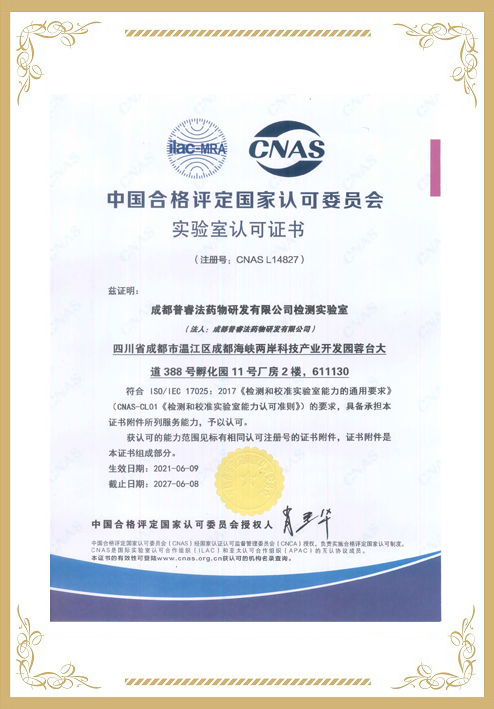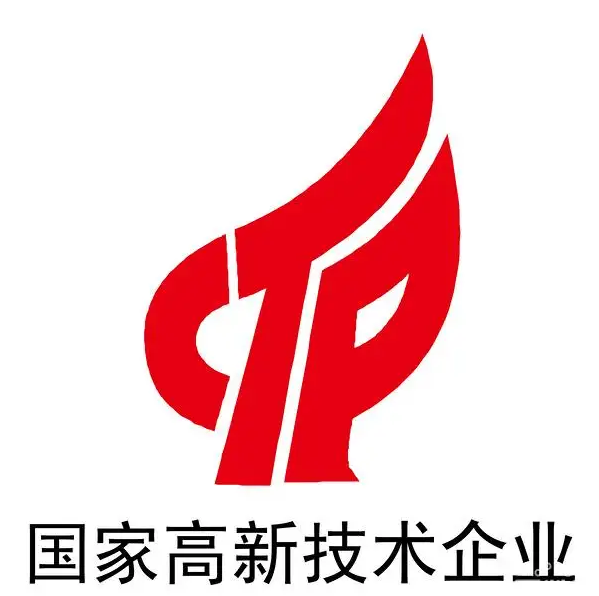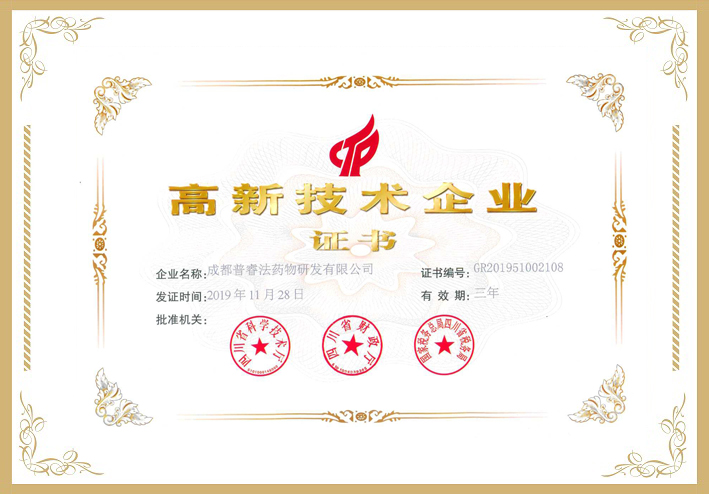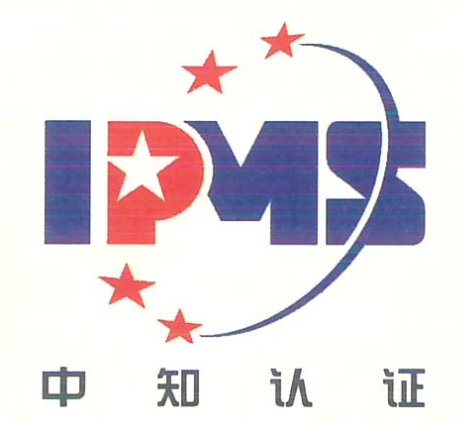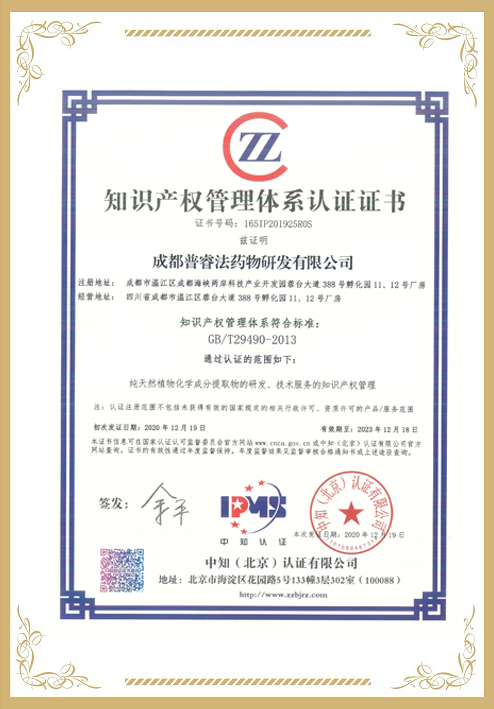1. A method of monitoring an efficiency of an anti multiple sclerosis (MS) drug in treating a subject diagnosed with a typical relapsing remitting multiple sclerosis (RRMS) course, the method comprising: (a) treating the subject with the anti MS drug; and (b) comparing a level of expression of least one gene involved in the RNA polymerase I pathway in a cell of the subject following said treating with the anti MS drug to a level of expression of said at least one gene in a cell of the subject prior to said treating the subject with the anti MS drug, (i) wherein a decrease above a predetermined threshold in said level of expression of said at least one gene following said treating with the anti MS drug relative to said level of expression of said at least one gene prior to said treating with the anti MS drug indicates that the anti MS drug is efficient for treating the subject; (ii) wherein an increase above a predetermined threshold in said level of expression of said at least one gene following said treating with the anti MS drug relative to said level of expression of said at least one gene prior to said treating with the anti MS drug indicates that the anti MS drug is not efficient for treating the subject; or (iii) wherein when a level of expression of said at least one gene following said treating with the anti MS drug is identical or changed below a predetermined threshold as compared to prior to said treating with the anti MS drug then the treatment is not efficient for treating the subject thereby monitoring the efficiency of the anti multiple sclerosis (MS) drug in treating the subject diagnosed with the typical RRMS course.
2. The method of claim 1, wherein said anti-MS drug is selected from the group consisting of Diterpenoid triepoxide Triptolide (TPT), Adderall, Ambien, Avonex, Baclofen, Beta interferon, Betaseron, Celexa, Clonazepam, Copaxone, Corticosteroids, Cymbalta, Cytoxan, Dexamethasone, Effexor, Elavil, Gabapentin, Hydrocodone, Lexapro, Lyrica, Mitoxantrone, Naltrexone, Neurontin, Novantrone, Prednisone, Provigil, Rebif, Solumedrol, Symmetrel, Topamax, Tysabri, Wellbutrin, Xanax, Zanaflex, Zoloft, fingolimod, laquinimod, Mylinax (cladribine), teriflunomide, BG-12 (Biogen Idec's), firategrast (GSK/Mitsubishi Tanabe Pharma), ibudilast (MediciNova's), and CDP323 (Biogen/UCB).
3. The method of claim 1, wherein said at least one gene involved in said RNA polymerase 1 pathway is selected from the group consisting of POLR1D, LRPPRC, RRN3 and NCL.
4. The method of claim 1, wherein said at least one gene involved in said RNA polymerase 1 pathway comprises the POLR1D, LRPPRC, RRN3 and NCL genes.
5. The method of claim 1, wherein said at least one gene involved in said RNA polymerase 1 pathway comprises the POLR1D, LRPPRC and RRN3 genes.
6. A method of treating a subject diagnosed with multiple sclerosis, the method comprising (a) classifying the subject as being more likely to have benign multiple sclerosis (BMS) or as being more likely to have typical relapsing remitting multiple sclerosis (RRMS) by comparing a level of expression of at least one gene involved in the RNA polymerase I pathway in a cell of said subject to a reference expression data of said at least one gene obtained from a cell of at least one subject pre-diagnosed as having BMS and/or from a cell of at least one subject pre-diagnosed as having typical RRMS; and (b) treating the subject based on the classification results of step (a), thereby treating the subject diagnosed with multiple sclerosis.
7. The method of claim 6, (i) wherein a decrease above a predetermined threshold in said level of expression of said at least one gene in said cell of the subject relative to said reference expression data of said at least one gene obtained from said at least one subject having said typical RRMS classifies the subject as being more likely to have the BMS; (ii) wherein an increase above a predetermined threshold in said level of expression of said at least one gene in said cell of the subject relative to said reference expression data of said at least one gene obtained from said at least one subject having said BMS classifies the subject as being more likely to have the typical RRMS; (iii) wherein when a level of expression of said at least one gene in said cell of the subject is identical or changed below a predetermined threshold as compared to said reference expression data of said at least one gene obtained from said at least one subject having said BMS, then the subject is classified as being more likely to have the BMS; (iv) wherein when a level of expression of said at least one gene in said cell of the subject is identical or changed below a predetermined threshold as compared to said reference expression data of said at least one gene obtained from said at least one subject having said typical RRMS, then the subject is classified as being more likely to have the typical RRMS.
8. The method of claim 6, wherein when the subject is classified as being more likely to have typical RRMS, said treating comprises administering to said subject an agent which downregulates the level of expression of said at least one gene involved in said RNA polymerase I pathway.
9. The method of claim 6, wherein when the subject is classified as being more likely to have RRMS, said treating comprises administering to said subject a therapeutically effective amount of a drug selected from the group consisting of Diterpenoid triepoxide Triptolide (TPT), Adderall, Ambien, Avonex, Baclofen, Beta interferon, Betaseron, Celexa, Clonazepam, Copaxone, Corticosteroids, Cymbalta, Cytoxan, Dexamethasone, Effexor, Elavil, Gabapentin, Hydrocodone, Lexapro, Lyrica, Mitoxantrone, Naltrexone, Neurontin, Novantrone, Prednisone, Provigil, Rebif, Solumedrol, Symmetrel, Topamax, Tysabri, Wellbutrin, Xanax, Zanaflex, Zoloft, fingolimod, laquinimod, Mylinax (cladribine), teriflunomide, BG-12 (Biogen Idec's), firategrast (GSK/Mitsubishi Tanabe Pharma), ibudilast (MediciNova's) and CDP323 (Biogen/UCB).
10. The method of claim 6, wherein when said subject is classified as being more likely to have RRMS, said treating comprises administering to said subject a therapeutically effective amount of diterpenoid triepoxide Triptolide (TPT) or a derivative thereof.
11. The method of claim 8, wherein said agent is selected from the group consisting of an siRNA, an antisense, an antibody and a small molecule.
12. The method of claim 11, wherein said small molecule is Cycloheximide.
13. The method of claim 6, wherein said at least one gene involved in said RNA polymerase 1 pathway is selected from the group consisting of POLR1D, LRPPRC, RRN3 and NCL.
14. The method of claim 6, wherein said at least one gene involved in said RNA polymerase 1 pathway comprises the POLR1D, LRPPRC, RRN3 and NCL genes.
15. The method of claim 6, wherein said at least one gene involved in said RNA polymerase 1 pathway comprises the POLR1D, LRPPRC and RRN3 genes.
16. The method of claim 8, wherein said at least one gene is RRN3, and whereas said agent comprises diterpenoid triepoxide Triptolide (TPT) or a derivative thereof.
17. The method of claim 8, wherein said at least one gene is RRN3, and whereas said agent comprises Cycloheximide.
18. The method of claim 6, wherein said level of expression is determined using an RNA detection method.
19. The method of claim 6, wherein said level of expression is determined using a protein detection method.
20. The method of claim 6, wherein said cell is a blood cell.
21. A kit identified for classifying a disease course in a subject diagnosed with multiple sclerosis (MS) comprising a probeset comprising a plurality of oligonucleotides and no more than 10 oligonucleotides, wherein said plurality of oligonucleotides comprise an oligonucleotide that specifically recognizes a polynucleotide of at least one gene involved in the RNA polymerase pathway; and a biological sample of a subject diagnosed with multiple sclerosis.
22. The kit of claim 16, wherein said biological sample comprises a blood sample.
23. The kit of claim 21, wherein said classifying a disease course comprises distinguishing between benign multiple sclerosis (BMS) and relapsing-remitting multiple sclerosis (RRMS).
24. The kit of claim 21, wherein said at least one gene involved in said RNA polymerase 1 pathway is selected from the group consisting of POLR1D, LRPPRC, RRN3 and NCL.
25. The kit of claim 21, wherein said at least one gene involved in said RNA polymerase 1 pathway comprises the POLR1D, LRPPRC and RRN3.
26. The kit of claim 21, wherein said at least one gene involved in said RNA polymerase 1 pathway comprises the POLR1D, LRPPRC, RRN3 and NCL genes.
Provided are methods and kits for classifying a subject as being more likely
to have benign multiple sclerosis (BMS) or as being more likely to have
typical relapsing remitting multiple sclerosis (RRM.
















